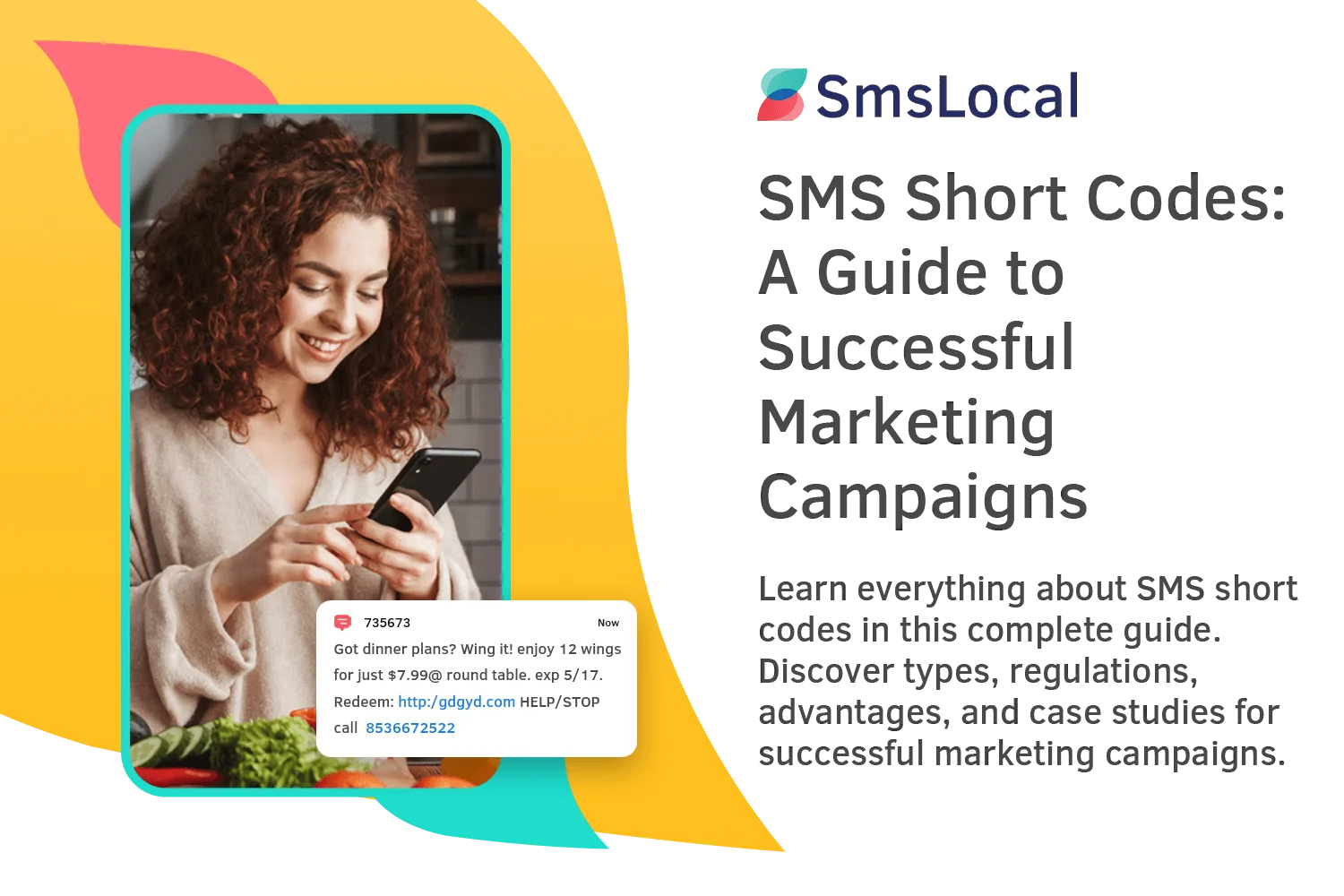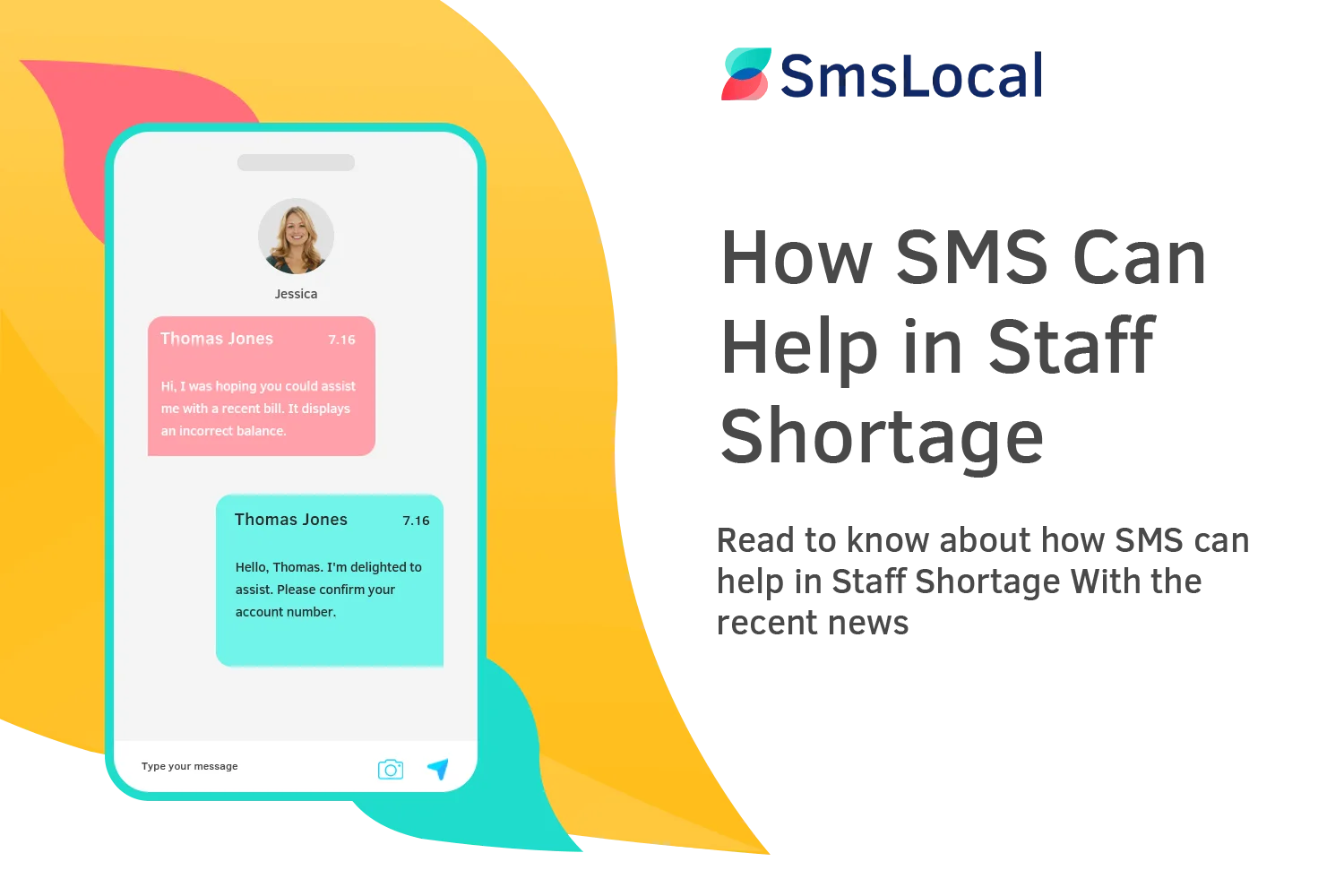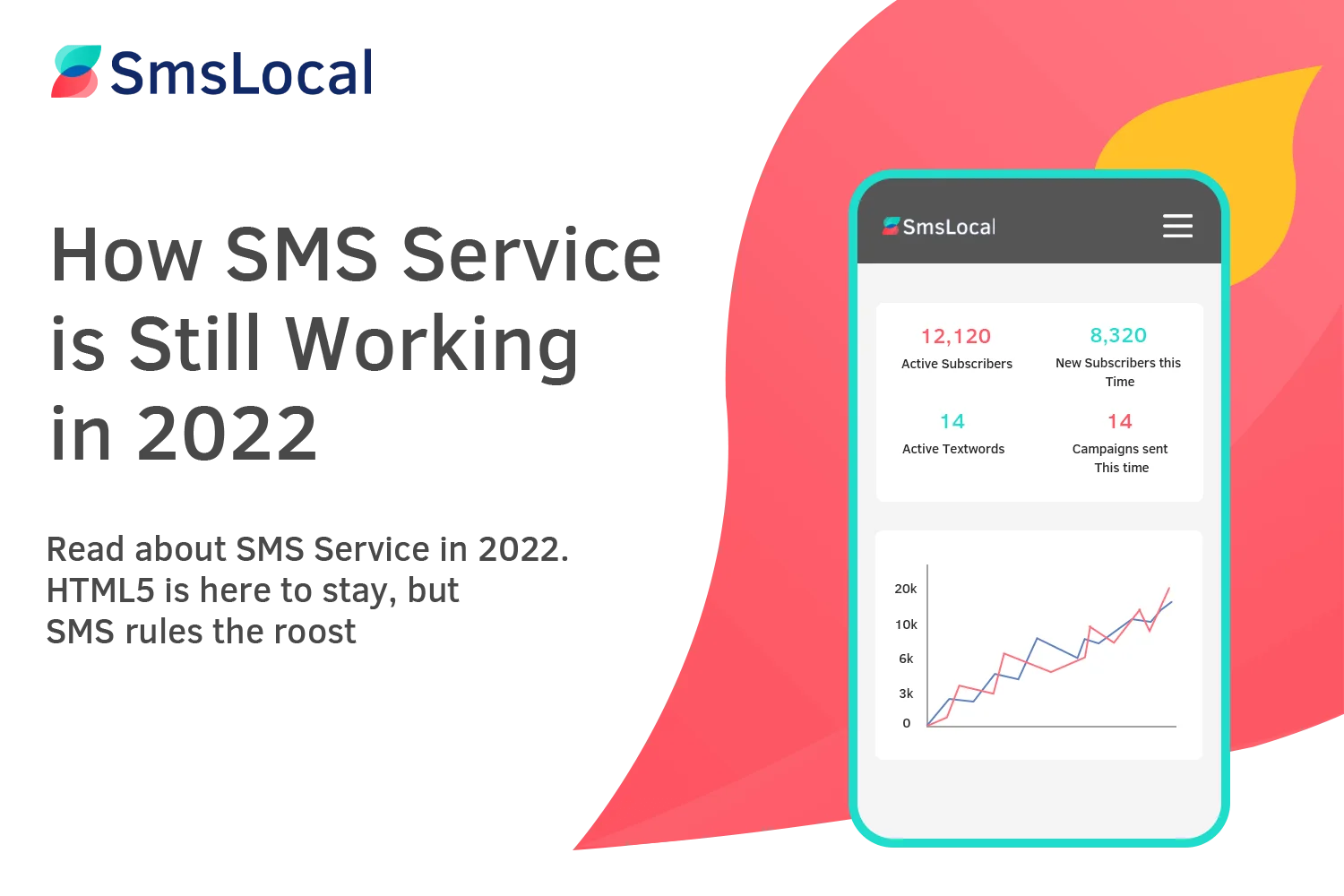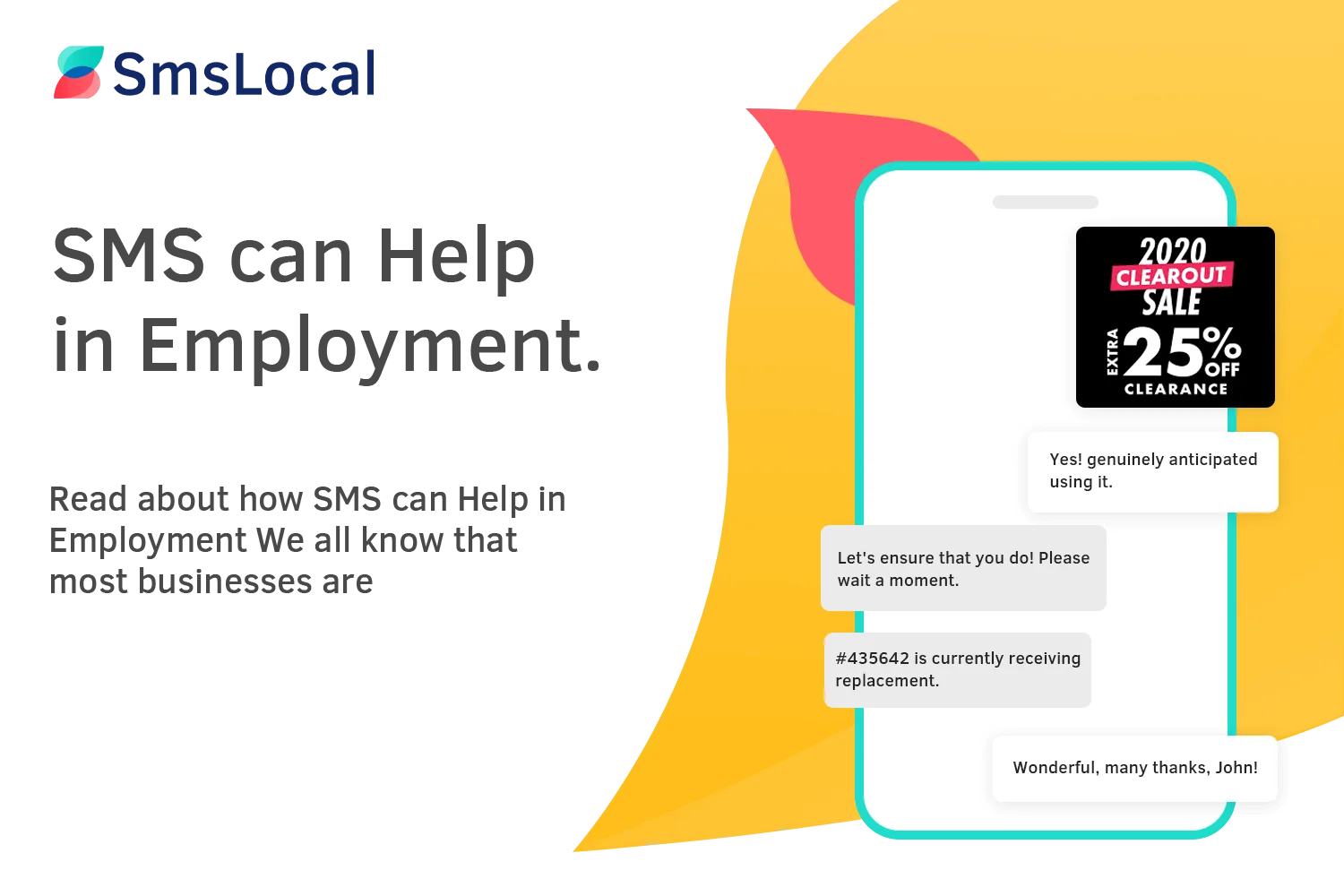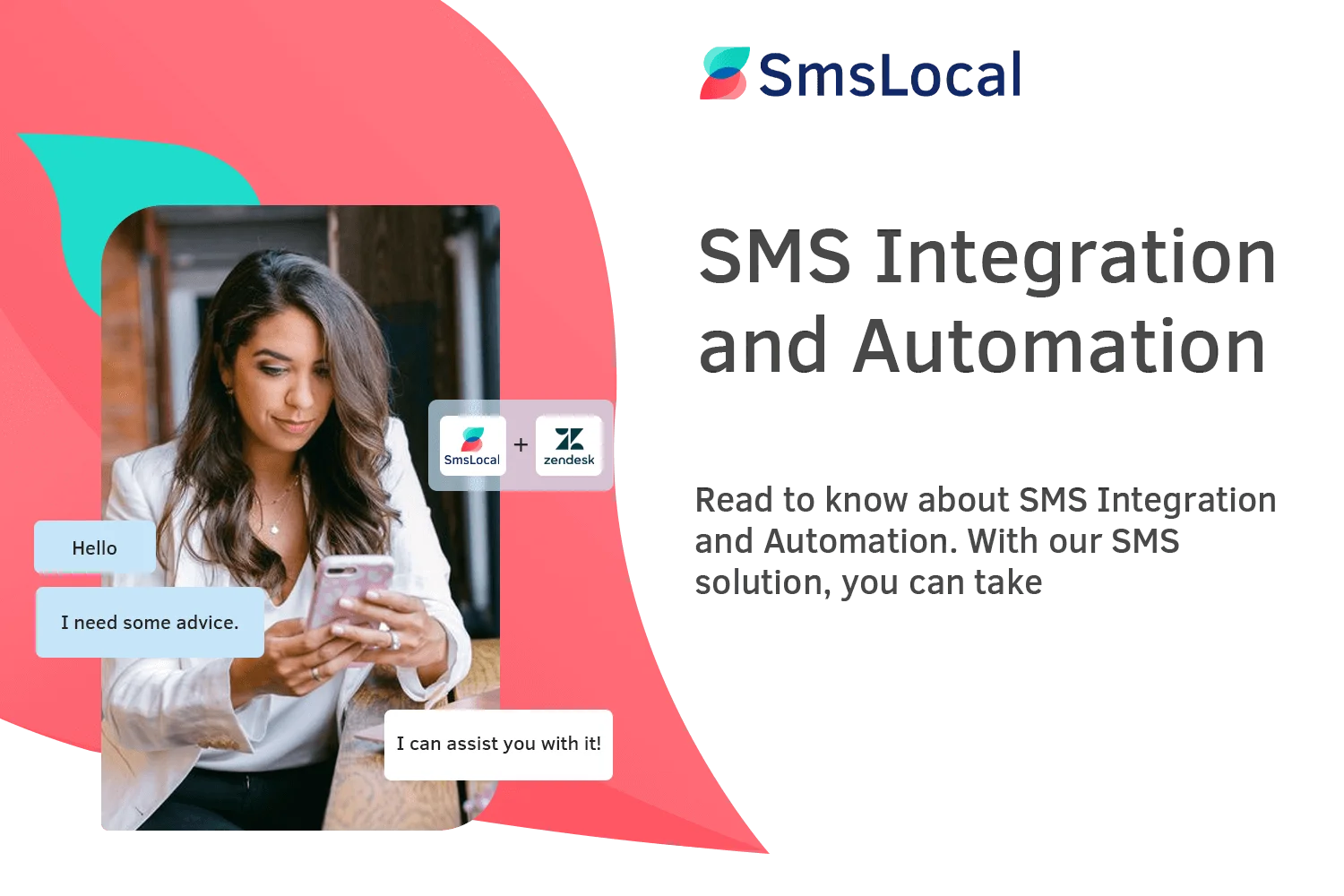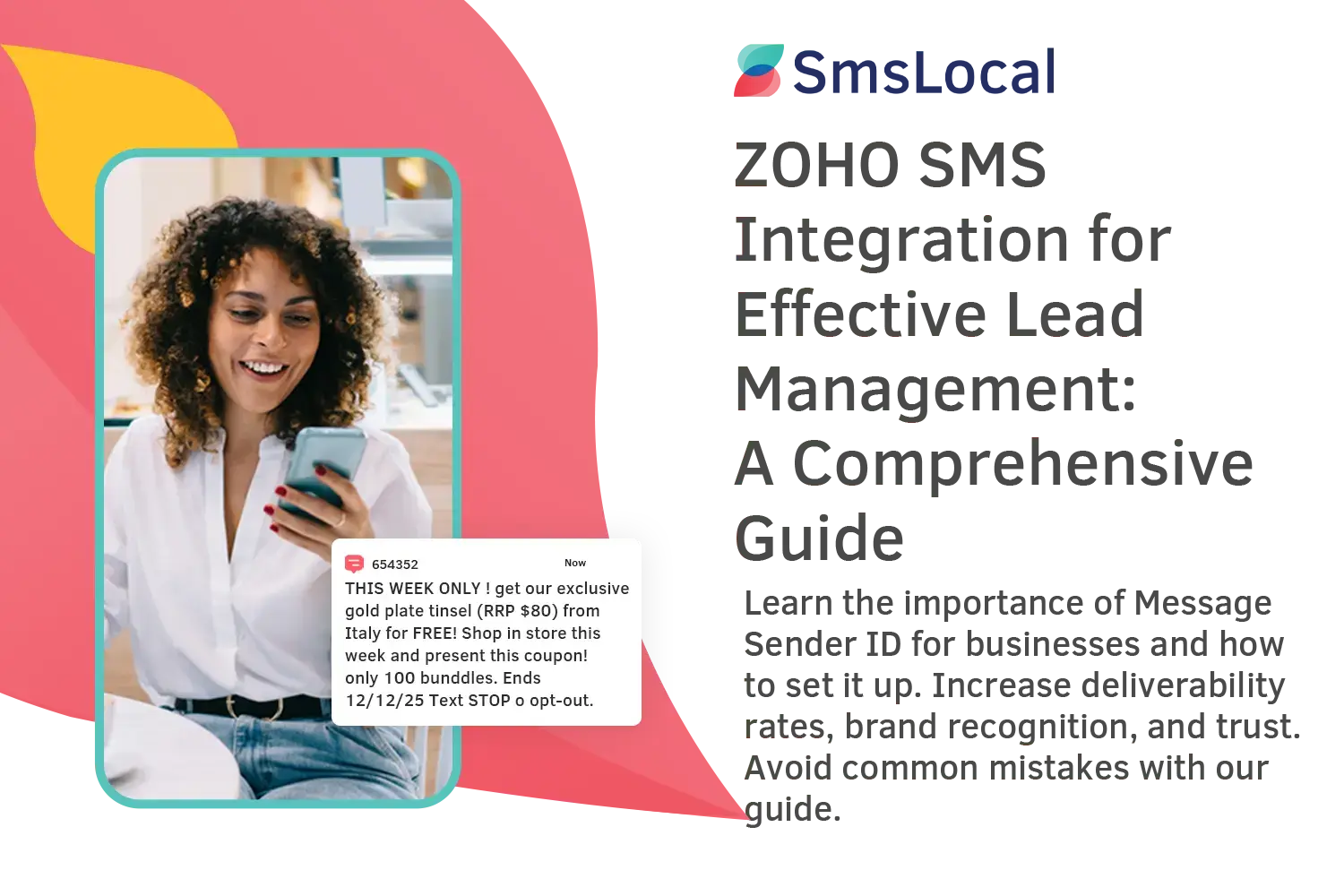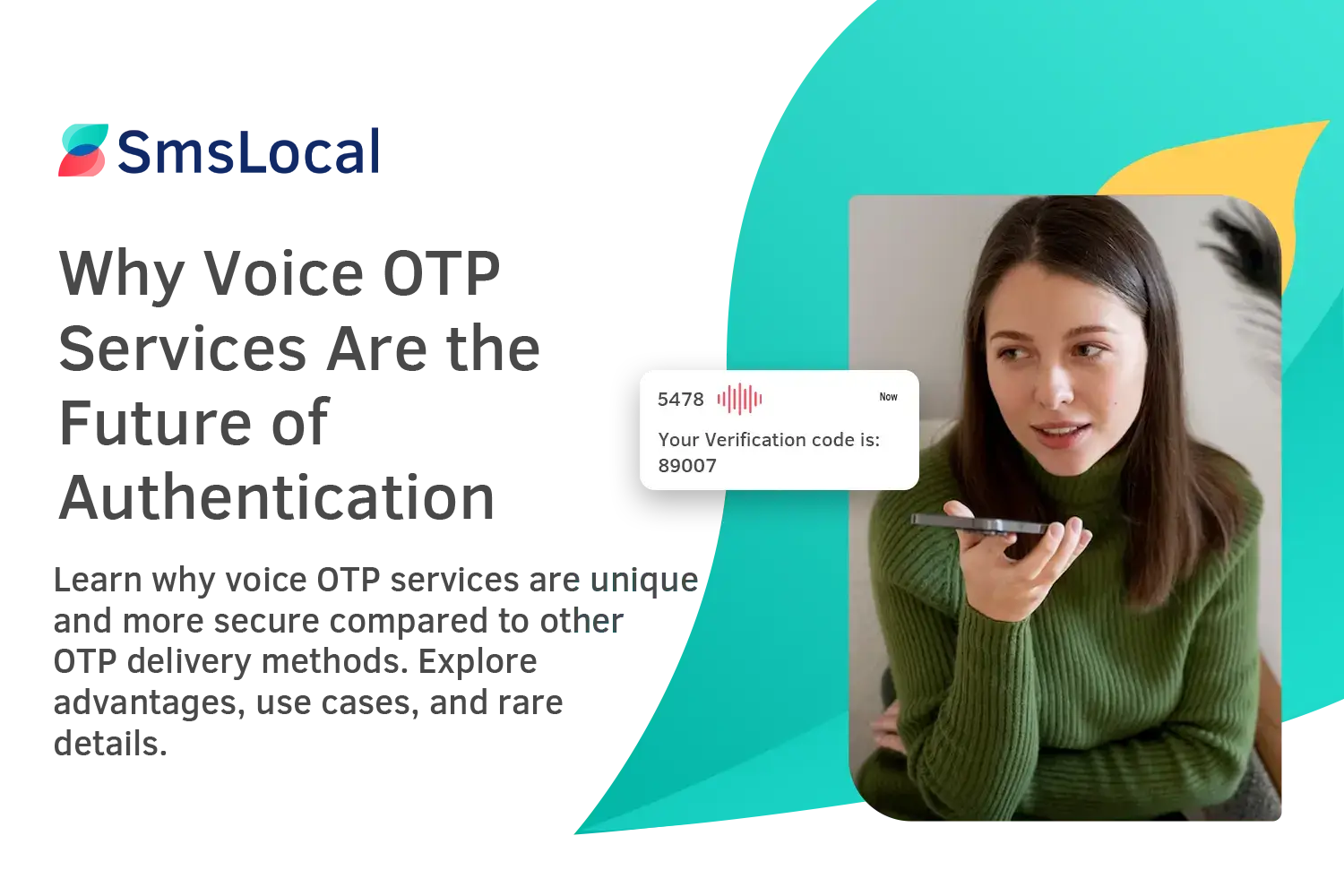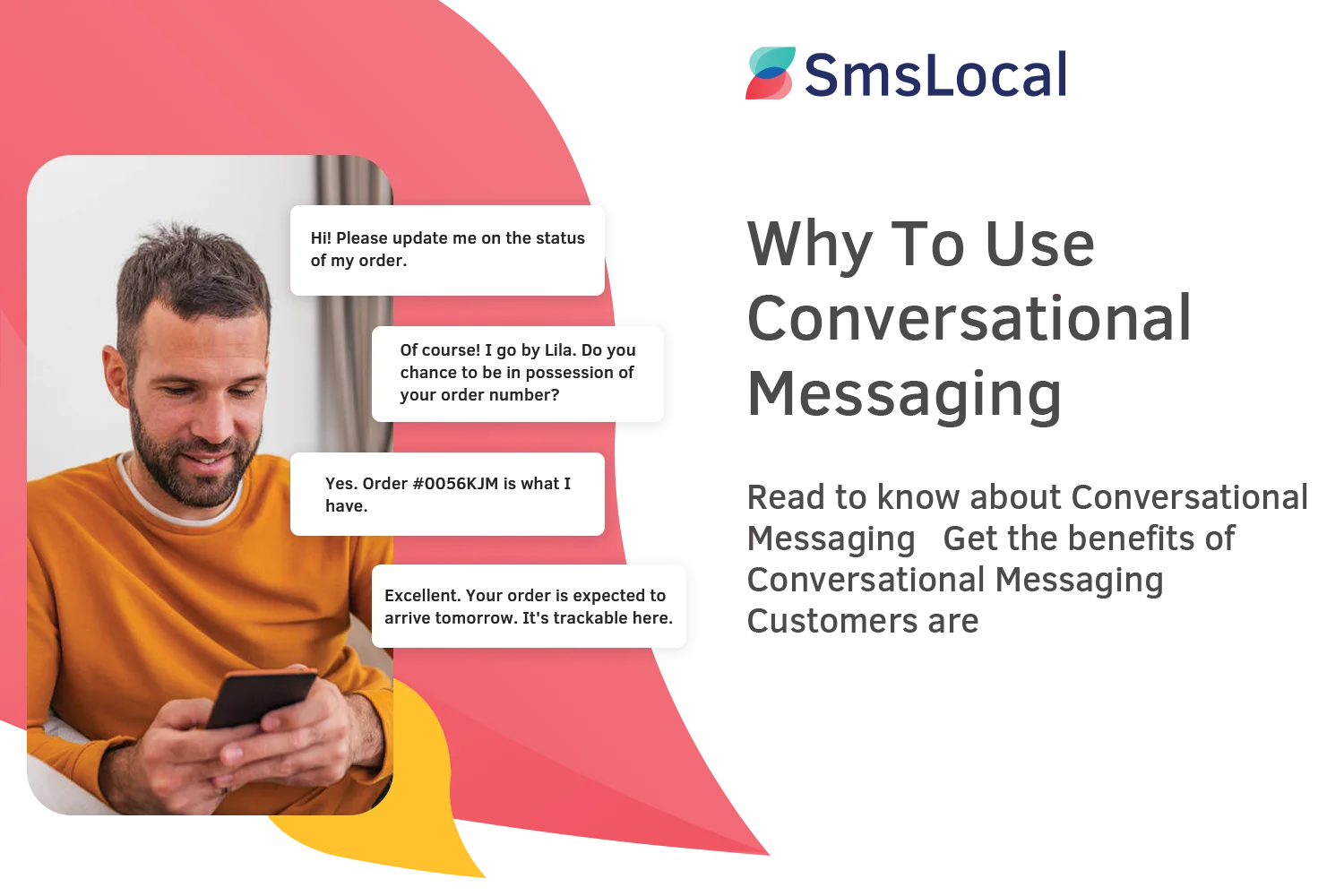Mastering the Game: How SMS Short Codes Elevate Your Marketing Campaigns”
Introduction
Definition of SMS Short Codes
SMS short codes are abbreviated phone numbers that businesses and organizations use to send text messages to customers and members of their audience. SMS stands for Short Message Service, a text messaging service used by cellular phones, computers, and other mobile devices. These shortened phone numbers – usually five to six digits in length – can be customized or assigned by carriers and are a convenient way for people to opt-in to receive messages from a brand or organization.
Importance of SMS Short Codes in Marketing and Communication
Short codes have become an increasingly popular communication tool for businesses in recent years because they allow companies to connect with their customers quickly and effectively. Text messages sent through shortcodes have higher open rates than emails, with some reports showing that up to 98% of texts are read within minutes of being received.
SMS short codes also provide brands with direct communication with their customers, allowing them to send personalized messages based on customer preferences or behavior patterns. This can help companies improve their customer engagement and build stronger relationships with their audience.
Another advantage of using SMS short codes is that they make it easy for businesses to track the effectiveness of their marketing campaigns in real time. By using unique keywords associated with different movements, companies can analyze open rates, click-through rates, response rates, and more data.
Brief History of SMS Short Codes
The wireless carrier Sprint introduced the first SMS short code in 2001 as part of its “2001: A Space Odyssey” promotional campaign. The code “2001” allowed users to receive movie clips from the film via text message. Since then, SMS short codes have exploded across industries as technology has advanced, and consumers have increasingly relied on mobile devices for communication.
Today, thousands of businesses and organizations use SMS short codes to connect with their audiences, promote their products and services, and drive engagement. As mobile technology use continues to grow, the importance of SMS short codes in marketing and communication will likely continue to increase.
Types of SMS Short Codes
SMS short codes are typically five to six-digit phone numbers that recipients can use to text a keyword and receive a response. Two primary types of SMS temporary regulations exist: shared and dedicated short codes. Furthermore, there are vanity and random short codes.
Shared Short Codes vs. Dedicated Short Codes
A shared short code is a phone number shared between multiple businesses or individuals. Each company or individual using the code must have a unique keyword, distinguishing their messages from others using the same number.
Shared short codes are often less expensive than dedicated ones because the cost is split between multiple users. True shortcodes, on the other hand, are exclusive to one business or individual.
They offer greater control over messaging campaigns and increased message throughput than shared short codes. In addition, dedicated numbers eliminate potential confusion caused by multiple parties sharing a single number.
Vanity Short Codes vs. Random Short Codes
Vanity SMS short codes allow businesses to choose their own easily recognizable five-to-six-digit phone number that spells out their brand name or related word on the keypad (e.g., 12345 spells “FLY”). Vanity SMS short codes can help enhance brand recognition as they’re easier for consumers to remember than numerical-only messages. Random SMS shortcodes are randomly generated numbers assigned by carriers when setting up an account.
Random digits might be challenging for customers to recall making them limited in branding potential. However, random numbers may allow businesses new to text marketing to use this method with less expense while testing how effective it is within their audience without committing significant resources at first.
Choosing which type of SMS shortcode best meets your organization’s needs depends mainly on your budgetary constraints and the level of engagement you hope to achieve with your audience through messaging campaigns. For example, a shared short code might be the best choice if you want affordable message delivery but are not concerned about exclusivity.
Shortcode user option if you benefit from unique branding and increased message throughput. Vanity short codes are ideal for businesses that want to strengthen their brand’s identity through SMS marketing campaigns. In contrast, random short codes may be more beneficial for companies looking to test the waters within their audience without committing much expense upfront.
How to Get an SMS Short Code
The application process for a dedicated shortcode
Obtaining a dedicated short code requires a rigorous application process that involves several steps. The first step is to select a reputable and experienced SMS provider who can assist with the application process.
Once you have found an SMS provider, you must provide detailed information about your business, including its name, address, and contact information. The next step is to submit your application for review by the Short Code Registry.
The registry approves all applications for shortcodes in the United States. To be approved, your application must demonstrate that your planned use of the short code complies with regulatory requirements and industry standards.
Cost and time frame for obtaining a dedicated shortcode
Getting a valid shortcode can be costly and time-consuming. Getting a reliable short code typically ranges from $500 to $1,000 per month, depending on your chosen provider. Additionally, additional fees may be associated with acquiring keywords or messaging services.
The time frame for obtaining a dedicated short code can vary widely depending on factors such as regulatory compliance issues and the availability of desired keywords. However, it is not uncommon for the approval process to take anywhere from 8-12 weeks or longer.
Alternatives to getting a dedicated shortcode
In cases where obtaining a dedicated shortcode may not be feasible or desirable due to cost or other factors, businesses have several alternatives they can explore: Toll-Free Numbers: Toll-free numbers are another option that companies can use as an alternative to getting a shortcode.
Toll-free numbers offer similar functionality and are less expensive than acquiring a shortcode. Vanity Codes: Vanity codes are phone numbers that spell words or phrases using the letters on telephone keypads.
Vanity codes are a great alternative to shortcodes for businesses that want to create a memorable messaging experience. Shared Short Codes: Short codes are affordable for smaller companies or those with limited budgets.
Shared short codes allow multiple businesses to share the same shortcode using unique keywords for their campaigns. However, some limitations are associated with shared short principles, such as limited availability and potential compliance issues.
Getting an SMS short code requires a detailed application process, and compliance with regulatory requirements and can be costly and time-consuming. However, several alternatives, such as toll-free numbers, vanity codes, or shared shortcodes, may be more suitable for certain businesses based on their needs and budget constraints.
Setting Up an SMS Campaign with Short Codes
Choosing the Right Keywords for Your Campaign
When setting up your SMS campaign, choosing the right keywords is crucial. The keyword is the word or phrase a person will text to your short code to opt-in to your campaign. The keyword should be easy to remember, relevant to your brand or offer, and not commonly used by other businesses in your industry.
It’s essential to consider the length of the keyword as well. Shorter keywords are more accessible for people to remember but may already be taken by another business.
Longer keywords may be more unique but more challenging for people to remember or type correctly. To choose the right keyword for your campaign, brainstorm a list of relevant words and phrases that align with your brand and offer.
Then research if any similar keywords are already used by other businesses in your industry. Finally, test out different variations of length and wording before settling on a final keyword.
Creating Effective Call-to-Actions (CTAs) for Your Messages
Once someone has opted-in to receive messages from your SMS campaign, you must use effective call-to-actions (CTAs) in each message. A CTA is a statement that encourages someone to take a specific action after reading the news. To create effective CTAs for SMS messages, keep them straight.
Use action-oriented language such as “Text BACK now” or “Click this link.” Avoid using too much text in the message body that can distract from the CTA.
It’s also important to personalize CTAs whenever possible. For example, use their first name in the message or reference something they showed interest in when opting in to make them feel more connected and invested in taking action.
Best Practices for Sending Messages Using Short Codes
There are a few best practices to remember when sending messages via shortcodes. First, include clear opt-out instructions at the end of each letter. This is not only a legal requirement but also helps build trust with your subscribers.
It’s also essential to keep your messages short and sweet. SMS messages have character limits, so get to the point and make your message easy to understand.
Consider using emojis or other visual elements to help convey your message in a fun and engaging way. Refrain from doing it with the frequency of messages.
Respect your subscriber’s time and only send messages when you have something valuable or important to share. Too many messages can lead to opt-outs or even complaints about spamming.
Conclusion
Setting up an SMS campaign with shortcodes can be an effective way to reach and engage with customers or prospects. Businesses can see high engagement rates and real-time communication with their audience by choosing the right keywords, creating effective CTAs, and following best practices for sending messages via short codes.
However, it’s essential to also be aware of regulations and compliance issues surrounding SMS marketing and messaging. By staying compliant with TCPA regulations and making opt-out instructions clear in each message, businesses can avoid penalties while still utilizing the power of SMS short codes in their marketing efforts.
Regulations and Compliance
While SMS short codes are an effective way to reach customers, businesses need to be aware of the regulations and compliance requirements surrounding SMS marketing. The Telephone Consumer Protection Act (TCPA) regulates how businesses can send text messages, including those sent using short codes. The TCPA requires businesses to obtain prior written consent from consumers before sending them text messages.
This consent must be clear and conspicuous, meaning that the consumer must knowingly provide their consent to receive texts from the business. Additionally, the message must clearly state who is sending it and what it is about.
Businesses also need to comply with opt-out requests from consumers. If a consumer no longer wishes to receive text messages from a business, they must be able to easily opt-out by replying “STOP” or “UNSUBSCRIBE” to the message.
TCPA regulations on SMS marketing and messaging
The TCPA specifies that businesses cannot send unsolicited commercial text messages without prior written consent from the recipient. Under this law, recipients have the right to sue businesses for up to $500 per violation of TCPA rules and up to $1500 for willful violations.
To ensure compliance with this regulation, businesses should maintain a record of all consents received for texting their customers via short codes. They should also ensure that they have an easy-to-use opt-out mechanism in place for all campaigns.
Opt-in requirements for sending messages via short codes
To comply with opt-in requirements for SMS short code marketing campaigns, businesses should clearly define what they are offering in exchange for customer mobile numbers when collecting them. For example, they might offer exclusive discounts or early access promotions in exchange for a customer’s mobile number.
In addition, businesses need clear language explaining that by giving their phone number, the customer is agreeing to receive marketing messages via SMS. This language should be prominent on the opt-in form and any other channels where customers provide their phone numbers, such as a website or social media.
Penalties for non-compliance with regulations
Penalties for non-compliance with regulations can be steep, making it important for businesses engaging in SMS short code marketing to stay up-to-date with regulatory changes. Penalties can range from fines to legal action. For example, in 2012, Bank of America settled a lawsuit over alleged violations of TCPA regulations when they sent text messages to customers without consent.
The bank paid $32 million in damages and agreed to change its policies regarding text messaging. To avoid running afoul of these regulations, businesses should work with an experienced SMS short code provider who specializes in compliance and regulation before launching any campaigns.
While SMS short codes are a powerful tool for reaching customers quickly and efficiently, businesses must be aware of the regulatory environment surrounding SMS marketing. By following best practices around opt-in requirements, clear messaging and maintaining thorough records of consents received, businesses can ensure that they are in compliance with all relevant regulations while using this effective marketing tool.
Advantages and Disadvantages of Using SMS Short Codes
Advantages
SMS short codes offer several benefits for businesses and organizations looking to improve their marketing and communication efforts. Here are some advantages:
High Engagement Rates
SMS short codes have an open rate of 98% compared to emails’ open rate of around 20%. Moreover, they have a response time of about 90 seconds. This high engagement rate makes SMS short codes an attractive option for businesses looking to reach customers quickly and effectively.
Easy Opt-ins
Customers can easily opt-in by sending a message to the short code number or using a web form, making it easy for businesses to build their subscriber list. Also, the process is quick and straightforward, making it convenient for customers.
Real-time Communication
SMS short codes allow for instant communication between businesses and customers in real-time. Messages can be sent out en masse or individually, which makes it ideal for customer service inquiries or emergency notifications.
Cost-effective
Compared to other marketing methods like print ads or television commercials, SMS short codes are highly cost-effective. The cost per message is typically lower than other channels, making them an attractive option even for small businesses with limited budgets.
Disadvantages
In spite of its many advantages as a marketing tool, there are also some inherent disadvantages that come with using SMS short codes. Here are some disadvantages:
Limited Character Count
The maximum length of an SMS message is 160 characters. This limited character count means that messages must be brief and concise; otherwise, they may get truncated or split into multiple messages, leading to confusion for the recipient.
Limited Availability
Short codes are in high demand, and they may not always be available when a business wants to use them. Obtaining a dedicated short code requires an application process that can take several weeks, which may delay or impede a business’s marketing efforts.
Potential Compliance Issues
There are strict regulations around the use of SMS short codes. Businesses must comply with laws such as the Telephone Consumer Protection Act (TCPA), which regulates text messaging and marketing messages sent to consumers. Non-compliance can result in hefty fines and reputational damage for businesses.
Spam Concerns
Customers may perceive unsolicited messages as spam, leading to negative brand associations and loss of subscribers. As such, businesses must ensure that they obtain proper consent from customers before sending messages via SMS short codes.
Inability to convey Rich Media Content
SMS short codes cannot convey rich media content like images or videos limiting their ability to engage customers on more than one sensory level. This deficiency makes it challenging to build complex campaigns that require multimedia content.
Overall, while SMS short codes offer several advantages over other marketing channels, businesses must also consider the potential downsides before implementing them into their marketing strategy. By weighing the pros and cons carefully and ensuring compliance with relevant regulations, businesses can maximize the benefits of SMS short codes while minimizing any drawbacks effectively.
Case Studies on Successful Use of SMS Short Codes in Marketing Campaigns
Coca-Cola’s “Share a Coke” Campaign
Coca-Cola launched a marketing campaign called “Share a Coke,” where personalized bottles with customers’ names were sold. They used SMS short codes to allow customers to personalize virtual Coke bottles with friends’ names and send them via text message. This campaign generated over 160,000 text messages in just three months, contributing significantly to the brand’s sales growth.
Pizza Hut’s Text-to-Order Campaign
Pizza Hut conducted a text-to-order campaign using SMS short codes. Customers who sent their orders through the code received discounts on their purchases. The company reported that this strategy contributed significantly to an increase in sales volume and an improvement in customer experience.
Ford’s Car Launch Text Campaign
Ford partnered with the comedy show Saturday Night Live to launch its Fiesta car line by sending out texts that were written by SNL writers. The texts included funny messages that helped create buzz about the car launch. The company reported that it received over 50,000 opt-ins through this campaign and achieved high levels of engagement among younger consumers.
Sephora’s Mobile App Promotion
Sephora used SMS short codes for promoting its mobile app that allows customers to browse and purchase products from their smartphones. Sephora sent out SMS messages encouraging users to download the app and offered exclusive promotions for those who did so through the code. This resulted in an increase in app downloads, deeper engagement with loyal customers, and higher overall sales volume for Sephora.
Dunkin’ Donuts’ Text-to-Win Game
Dunkin’ Donuts utilized SMS short codes for a text-to-win game where customers could win various prizes like coffee discounts or free donuts by sending a text message with the right keyword. The game was advertised on all their social media handles, and customers eagerly participated, leading to higher engagement rates and increased brand loyalty.
Conclusion
SMS short codes are an effective way to reach out to customers and promote products or services. Several companies have successfully used SMS short codes in their marketing campaigns, resulting in increased customer engagement, higher sales volume, and improved brand loyalty. However, it is crucial to comply with regulations and ensure that customers opt-in before sending them messages.
By following best practices for SMS marketing campaigns using short code numbers, businesses can leverage the benefits of this technology effectively. SMS short codes provide real-time communication with potential customers at a cost-effective price point while offering an exciting opportunity for companies to boost their brand awareness.

